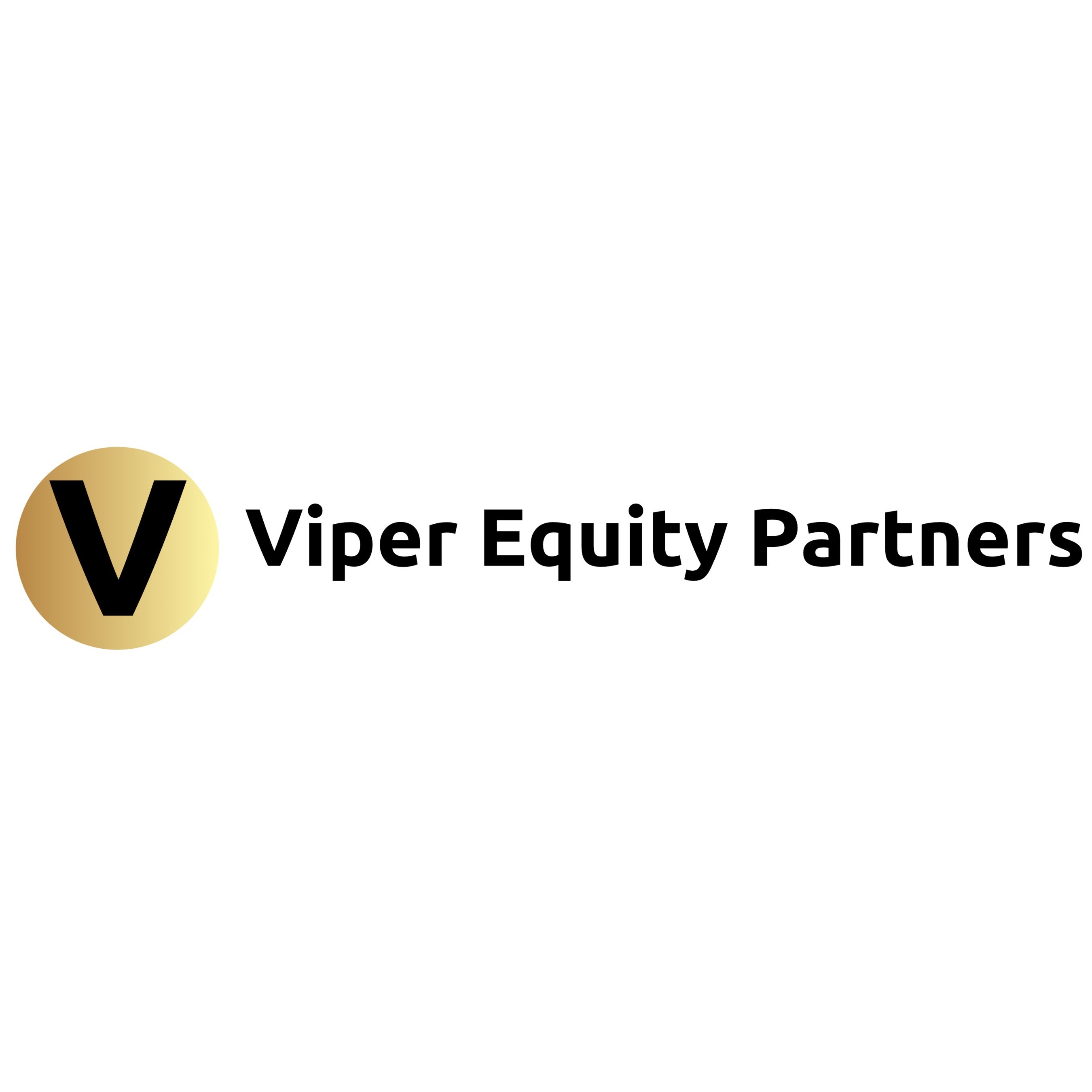In the dynamic landscape of business, mergers stand as strategic maneuvers capable of reshaping industries. Beyond the balance sheets, the true power lies in synergies — a fusion that can amplify the strengths of each entity. This thought leadership piece explores the avenues for maximizing benefits through synergies in mergers.
1. Strategic Alignment as the Cornerstone:
At the heart of successful mergers is strategic alignment, where a shared vision becomes the cornerstone for future endeavors. Establishing this shared vision is not merely a formality; it’s a meticulous process involving aligning corporate cultures, ensuring a seamless integration that goes beyond the surface-level numbers. A unified purpose becomes the guiding force, steering the merged entity toward a shared destiny.
2. Operational Synergies: Streamlining Efficiency:
Operational efficiency becomes paramount in extracting value from mergers. Consolidating redundant processes not only trims unnecessary fat but also sets the stage for a lean and agile operational framework. Leveraging economies of scale amplifies efficiency, allowing the merged entity to do more with less. The optimization of the supply chain is another critical aspect, ensuring cost-effectiveness and a streamlined delivery of products or services to the market.
3. Technological Integration for Innovation:
In the era of technological disruption, successful mergers harness combined technological strengths. Beyond cost savings, the focus is on fostering innovation through shared Research and Development (R&D) capabilities. This collaborative approach ensures that the merged entity becomes a powerhouse of technological advancement, staying ahead of the curve and anticipating market needs.
4. Human Capital Synergies: Nurturing Talent:
People are the lifeblood of any organization, and in a merger, retaining key personnel is a strategic imperative. Encouraging cross-functional collaboration becomes a catalyst for unleashing untapped potential within the workforce. Moreover, investing in professional development not only secures the loyalty of existing talent but also ensures a future-ready workforce capable of steering the merged entity through evolving challenges.
5. Financial Synergies: Maximizing Profitability:
Combining financial resources goes beyond a mere balancing act; it’s a strategic play for capital efficiency. Realizing tax benefits through strategic structuring becomes a financial lever that maximizes profitability. It’s not just about the sum of individual balance sheets but creating a financial synergy that propels the merged entity to new heights of fiscal strength.
Case Studies: Real-World Examples of Successful Synergy Implementation
1. Proctor & Gamble and Gillette: A Shave Above the Rest
Proctor & Gamble’s acquisition of Gillette showcased how strategic alignment in product portfolios can lead to market dominance. The synergy extended beyond products to efficient distribution channels, resulting in increased market penetration and a competitive edge in the grooming industry.
2. Disney and Pixar: Magic in Collaboration
Disney’s collaboration with Pixar exemplifies how merging creative forces can lead to innovation. The joint storytelling prowess unleashed creativity, offering cross-promotional opportunities and diversified revenue streams that redefined the entertainment landscape.
3. AT&T and Time Warner: Transforming the Media Landscape
The merger of AT&T and Time Warner demonstrated the power of integrating content creation with distribution channels. This synergy not only enhanced brand value but also allowed for synergistic marketing strategies, redefining the media landscape.
Overcoming Challenges: A Thought Leader’s Approach
Navigating the complexities of a merger requires a thoughtful approach. Communication emerges as the bedrock, with transparent communication serving to allay employee concerns and build trust. Regular updates on the merger’s progress are not mere formalities but strategic tools to maintain a sense of continuity and direction amid change. Cultural sensitivity in integration is equally crucial, understanding and respecting differences to create a unified, inclusive organizational culture that transcends the merging entities.
The Role of Leadership in Maximizing Value:
Visionary leadership becomes the guiding force in maximizing value from mergers. Leaders must act as architects of the merged entity’s future, inspiring confidence and commitment among stakeholders. The adaptability and continuous improvement mindset of agile leadership become paramount in navigating uncertainties and embracing change as a catalyst for growth.
Conclusion: Charting the Course for a Successful Merger:
In conclusion, successful mergers transcend financial gains, creating a synergistic entity that is more robust and innovative than the sum of its parts. By strategically aligning vision, operations, technology, human capital, and finances, companies can not only weather challenges but also emerge stronger, setting a paradigm for industry excellence. Thoughtful synergy implementation is not just a strategy; it’s a transformative journey towards sustained success.

